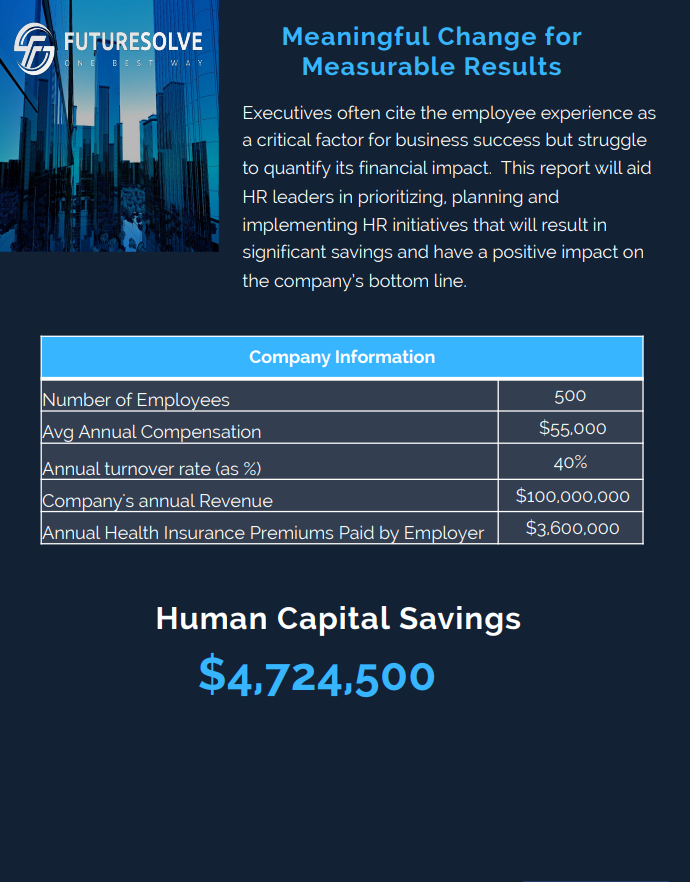Step 1: Define Your Leadership Goals
Before embarking on the journey of establishing a Leadership University, it’s crucial to define your objectives. Start by answering these questions:
- What specific leadership competencies and skills do you want to develop in your employees?
- How do you envision leadership contributing to your company’s long-term success?
- What is the desired leadership culture within your organization?
Clearly articulated goals will guide your Leadership University’s curriculum and structure.
Step 2: Assemble a Leadership Development Team
Building a Leadership University requires a dedicated team with expertise in leadership development and organizational learning. Your team should include:
- Executive Sponsor: A senior leader who champions the initiative and ensures alignment with company goals.
- Program Director: An experienced professional who oversees the day-to-day operations of the Leadership University.
- Instructional Designers: Experts in curriculum development and adult learning who design engaging, relevant courses.
- Facilitators and Coaches: Skilled individuals who deliver training and provide one-on-one coaching to participants.
- Evaluation and Assessment Specialists: Professionals who measure the effectiveness of the program and make necessary adjustments.
Step 3: Design the Curriculum
Your Leadership University’s curriculum should align with your defined goals. Consider a mix of the following components:
- Core Leadership Training: Offer foundational courses that cover leadership principles, communication, and decision-making.
- Specialized Tracks: Tailor programs for different leadership levels, such as emerging leaders, mid-level managers, and executives.
- Soft Skills Workshops: Include courses on emotional intelligence, conflict resolution, and adaptability.
- Leadership Challenges: Create real-world scenarios and case studies for participants to tackle.
- Mentoring and Coaching: Facilitate mentorship programs to connect emerging leaders with seasoned executives.
Step 4: Identify Learning Methods
Diverse learning methods enhance engagement and retention. Incorporate:
- Classroom Training: In-person or virtual workshops.
- E-Learning Modules: Interactive online courses.
- On-the-Job Learning: Encourage participants to apply their learning in their roles.
- Group Projects: Collaborative tasks to develop teamwork and problem-solving skills.
- Leadership Labs: Simulations and role-play exercises.
Step 5: Create a Learning Environment
Foster a culture of learning and leadership within your company by:
- Leadership Resources: Establish a library of books, articles, and videos on leadership.
- Peer Learning Communities: Encourage participants to form study groups and share insights.
- Feedback Mechanisms: Implement regular feedback surveys and 360-degree assessments.
- Recognition and Rewards: Recognize and celebrate leadership achievements and milestones.
Step 6: Measurement and Evaluation
Continuous improvement is key to the success of your Leadership University. Regularly assess the program’s effectiveness through:
- Participant Feedback: Gather input from participants to refine course content and delivery.
- Performance Metrics: Track leadership development progress through key performance indicators (KPIs).
- Benchmarking: Compare your Leadership University to industry best practices.
- Iterative Design: Adapt your curriculum and methods based on evaluation results.
Step 7: Launch and Sustain
Roll out your Leadership University with a well-planned launch, including:
- Communication: Promote the program and its benefits to all employees.
- Enrollment: Open registration and select your first cohort of participants.
- Orientation: Provide an orientation to set expectations and introduce the program.
- Support: Offer ongoing support to participants, including coaching and resources.
To sustain your Leadership University’s impact, ensure its integration into the company’s talent management and succession planning processes.
Conclusion
Establishing a Leadership University within your company is a strategic investment in your organization’s future. By fostering a culture of leadership and continuous learning, you empower your employees to become effective leaders who can drive your company’s success in an ever-changing business landscape. Follow these steps diligently, and you’ll be well on your way to building a thriving Leadership University that benefits both your employees and your bottom line.





























